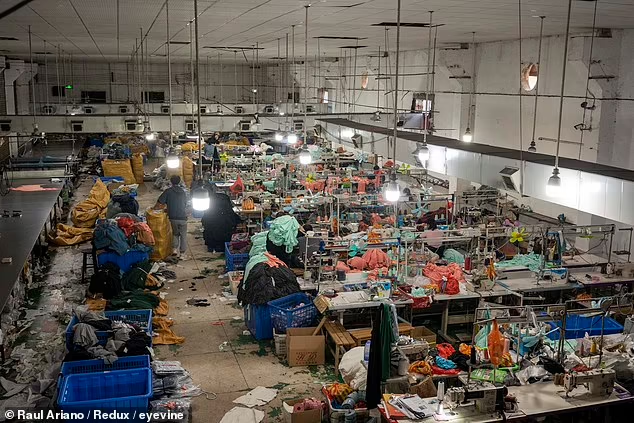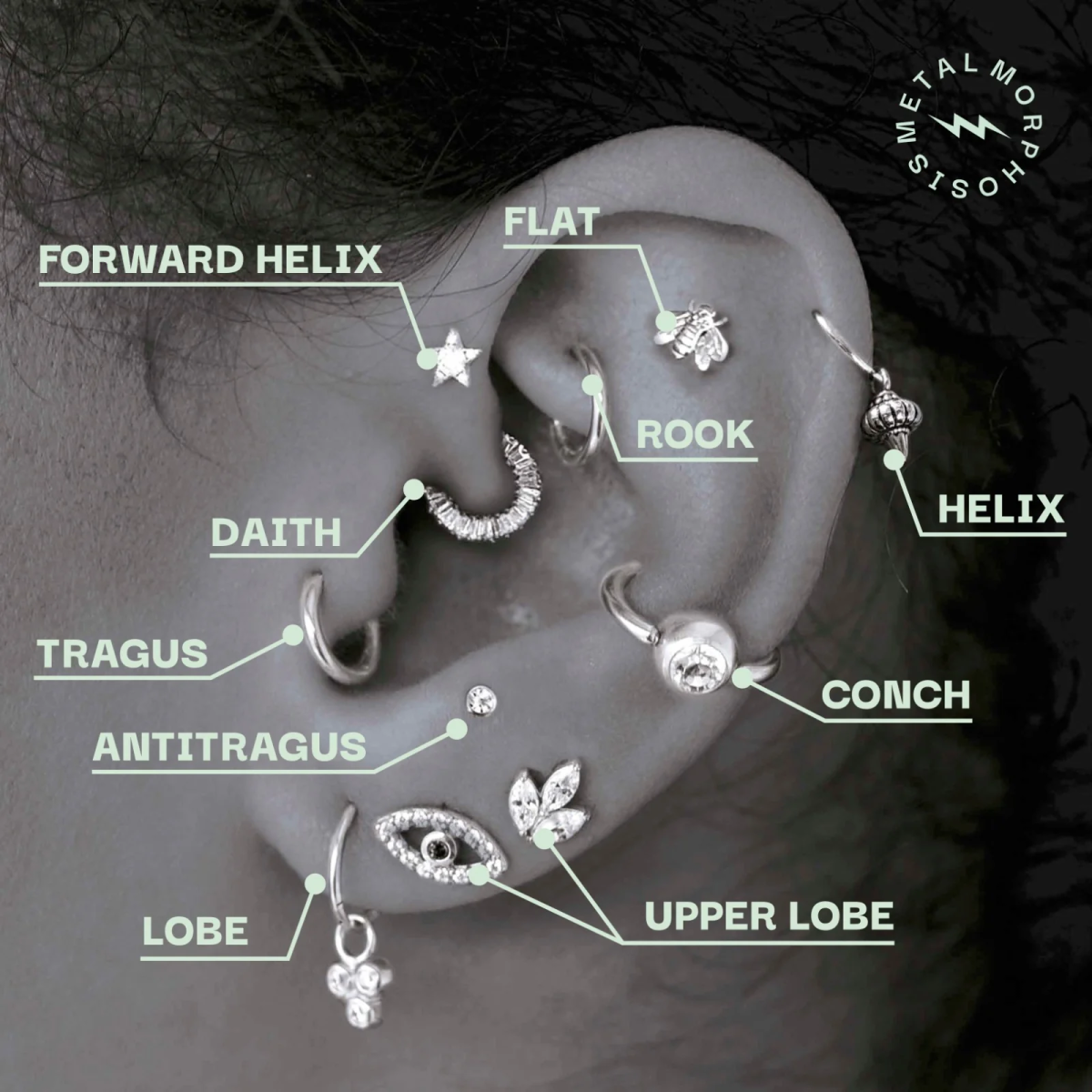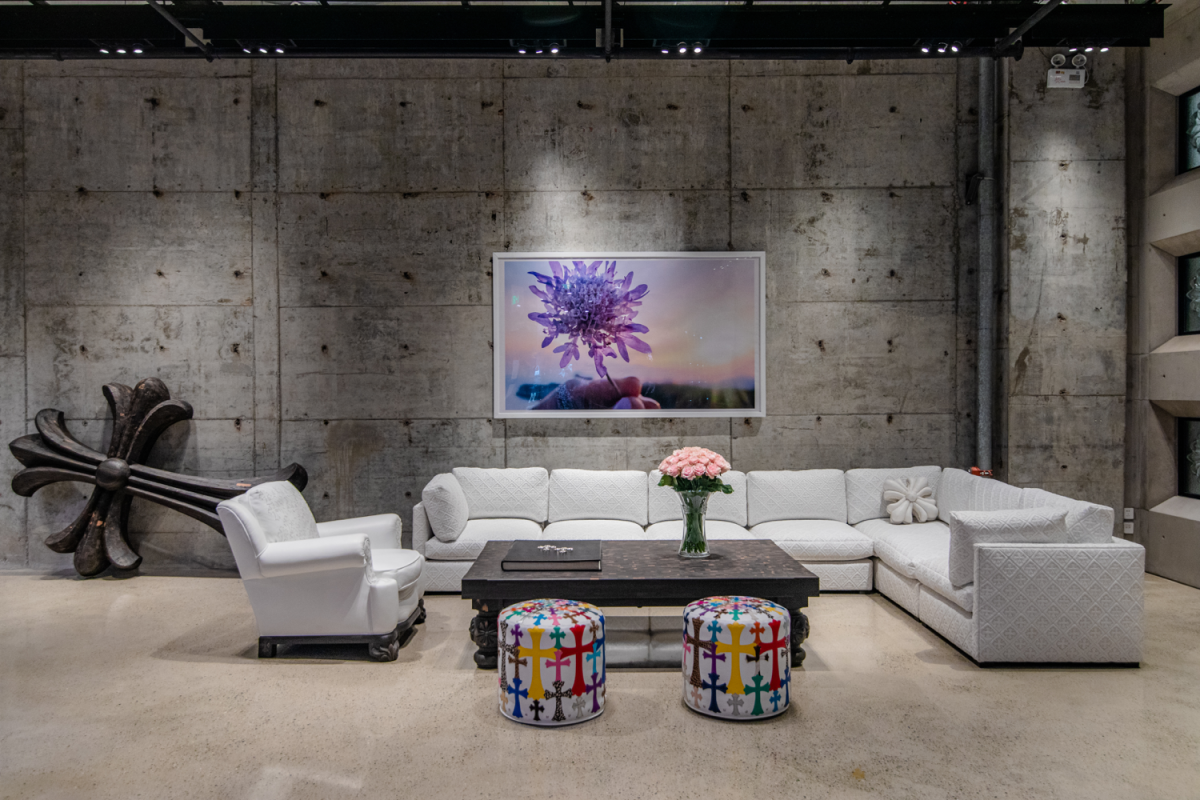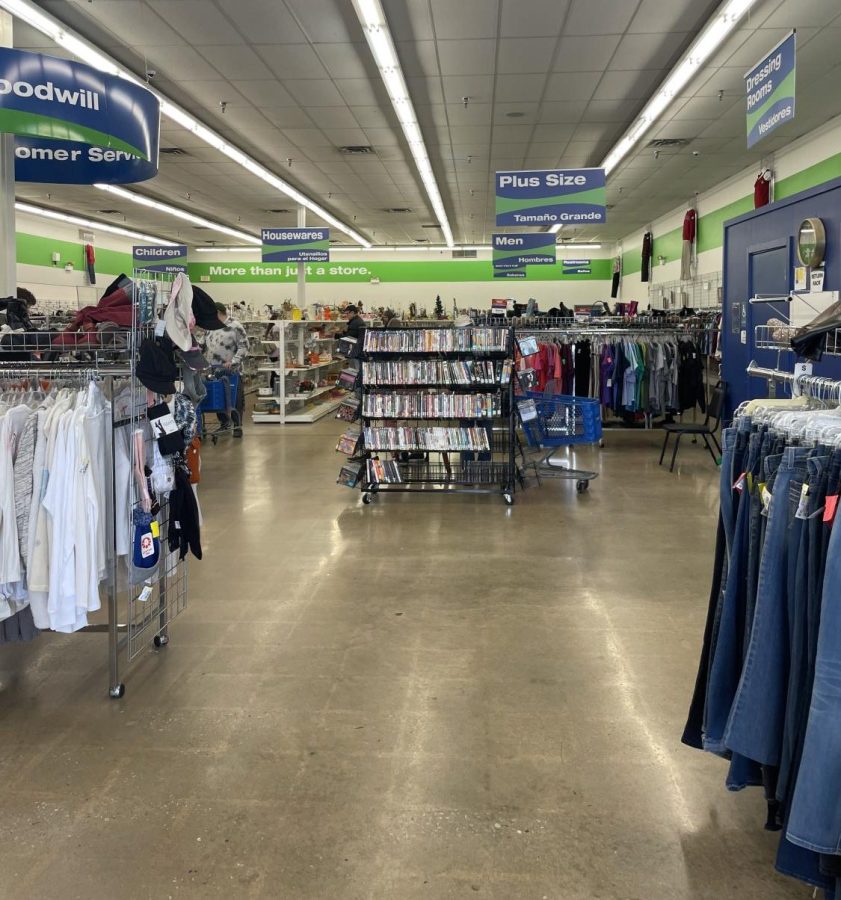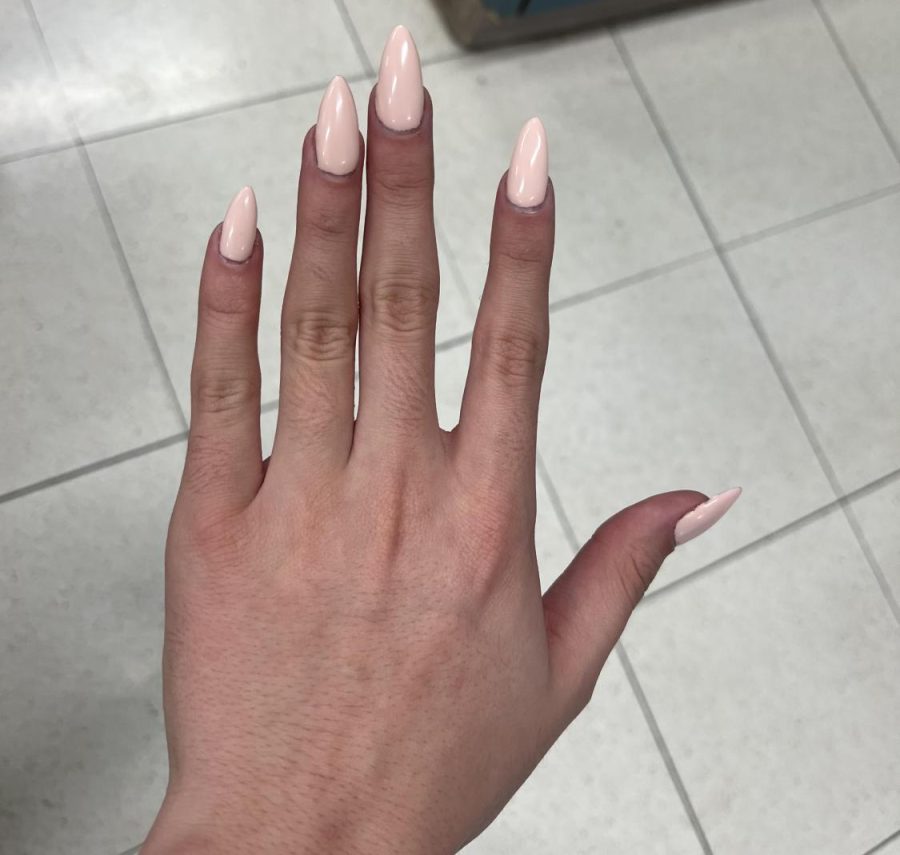When thinking of ways to contribute to a more eco-friendly lifestyle, I don’t feel that people usually look at where they buy their clothes from, and there is a gap of information regarding the clothing industry and the process from idea to production. The notion that companies making clothes on a large scale are doing so with environmental and ethical concerns is false.
Some of the largest clothing companies in the world are using methods that exploit child labor/enslavement, as well as workers being paid insufficiently to maximize profits, all under the nose of the consumer.
The company that takes the most heat for their involvement with unethical employment is SHEIN, the largest fashion retailer in the world. They generated an estimated 22.7 billion USD in 2022.
Considering the amount of clothing that must be manufactured in order to keep up with demand, I think there should be light shined on where the material for said manufacturing is sourced; Bloomberg reports SHEIN’s cotton is bought from the infamous Xinjiang region.
Labor laws are less strict in China; people are able to work longer, at a younger age, and for less money. The Xinjiang area in specific is under scrutiny after the relatively recent discovery of work-camps for immigrants trying to find reasonable work and a living.
The United States’ Bureau of International Labor Affairs has released sets of documents showing what goods exported from China are known to be produced with labor from children, with cotton being #2 on the list. Knowing this, as well as China’s history of sustaining terrible conditions for workers, it shows they are failing to keep their people’s well-being at the forefront of their country.
Citizens fleeing a less stable Asian country would almost certainly seek China as solace. This desperation combined with poor traveling conditions creates a perfect opportunity for exploitation, I think at that point many people would absolutely take the chance because of the promise of pay, safety, and a shelter.
This isn’t proof of any wrongdoing from SHEIN, as they do have freedom to source and use materials from where they please. But given the recent light cast onto the Xinjiang area, I feel it would be hard to not be aware of some of the issues they might be contributing to.
With this information, it might be just to say that buying clothes off SHEIN and using their services would be supporting unfair employment practices utilized in a situation in which it’s tolerated.
There are options for obtaining new clothing without supporting a flawed industry. I don’t find it surprising that there are concerns with how morally correct the production of the clothing is because of its cost; it would be impossibly hard to make something that cheap that has everyone earning their share equally.
The easiest way for someone who’s concerned with finding ethical shopping methods would be to simply find someone who does clothing independently, or has a smaller label.
Companies that aren’t led on the idea of getting as many sales as possible will absolutely have better conditions for those involved, a smaller scale makes it more likely that a supervisor would put care into how their employee is compensated.
The factor that does vary with finding a new place to buy clothes is the price, it’s easy to feel overwhelmed with the abundance of clothing brands available to choose from. An item’s price being a certain amount does not correlate with the value it actually has, nor is it common for brands to keep the retail price close to the production cost.
An easy way to avoid some of the bad business practices that are used by unethical companies would be to find a brand that has a purpose, whether it be for aesthetic choice, or the brand contributing to a certain cause. A brand having their intentions set on making their consumers appear closer to their image, or having a purpose set specifically for something beneficial would give less room for the focus to be on a profit margin.


